How To Replace Roof With Solar Panels?
Replacing a traditional roof with solar panels is an increasingly popular choice for homeowners looking to reduce their carbon footprint and save on energy costs. This process involves several steps, from assessing the suitability of your roof to selecting the right type of solar panels and ensuring proper installation. In this article, we will walk you through the entire process, providing practical advice and insights to help you make an informed decision.
Assessing Roof Suitability
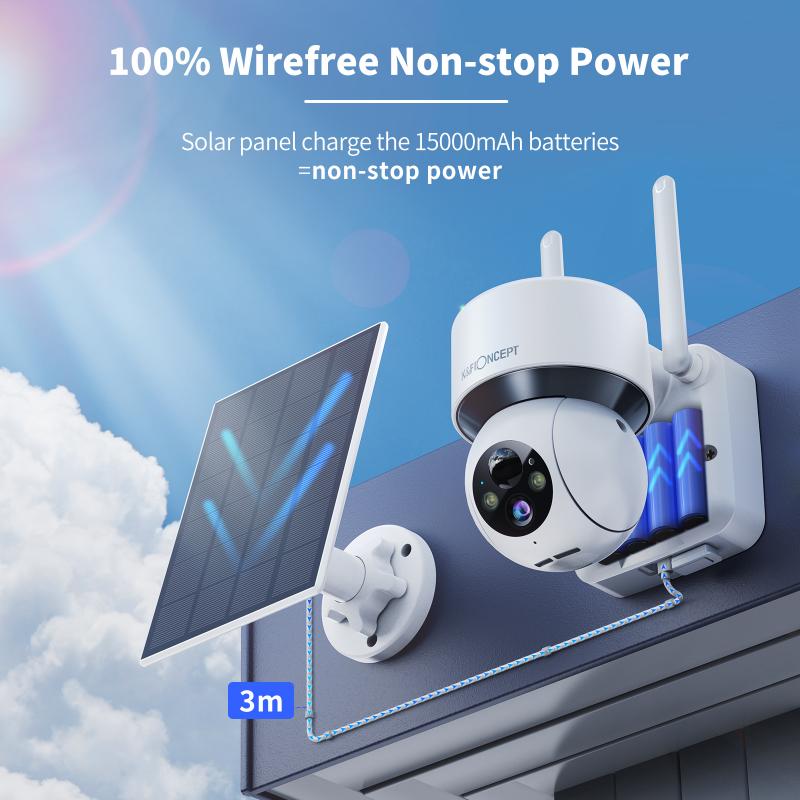
Before you can replace your roof with solar panels, you need to determine whether your roof is suitable for solar installation. Here are some key factors to consider:
1. Roof Condition: Ensure that your roof is in good condition and can support the weight of solar panels. If your roof is old or damaged, it may need repairs or a complete replacement before installing solar panels.
2. Roof Orientation and Tilt: The orientation and tilt of your roof significantly impact the efficiency of solar panels. Ideally, your roof should face south (in the Northern Hemisphere) and have a tilt angle that matches your latitude.
3. Shade: Check for any shading from trees, buildings, or other obstructions that could reduce the efficiency of your solar panels. Even partial shading can significantly impact the performance of your solar system.
4. Roof Size and Shape: The size and shape of your roof will determine how many solar panels you can install. A larger, unobstructed roof area is ideal for maximizing solar energy production.
Choosing the Right Solar Panels

Once you've determined that your roof is suitable for solar installation, the next step is to choose the right type of solar panels. There are several types of solar panels available, each with its own advantages and disadvantages:
1. Monocrystalline Solar Panels: These panels are made from a single crystal structure, making them highly efficient and space-efficient. They are ideal for roofs with limited space but tend to be more expensive.
2. Polycrystalline Solar Panels: Made from multiple crystal structures, these panels are less efficient than monocrystalline panels but are more affordable. They are a good option for larger roofs where space is not a constraint.
3. Thin-Film Solar Panels: These panels are lightweight and flexible, making them suitable for unconventional roof shapes. However, they are less efficient and require more space to generate the same amount of energy as crystalline panels.
4. Building-Integrated Photovoltaics (BIPV): These solar panels are integrated into the building materials, such as solar shingles or tiles. They offer a seamless aesthetic but are generally more expensive and less efficient than traditional panels.
Planning and Permitting
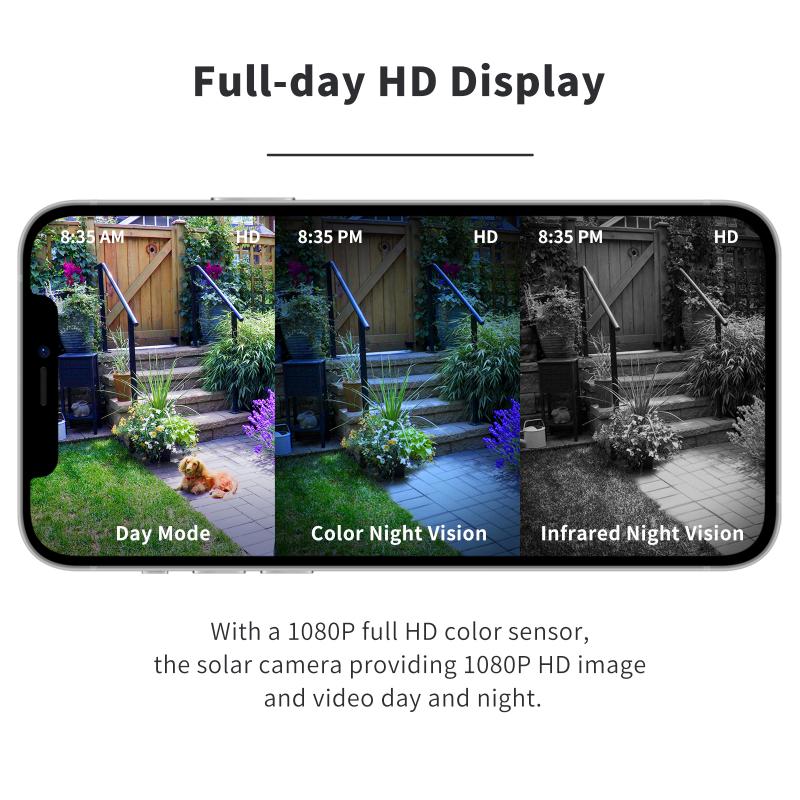
Before you can install solar panels, you need to obtain the necessary permits and approvals from your local authorities. This process can vary depending on your location, but generally involves the following steps:
1. Consult with a Solar Installer: A professional solar installer can help you navigate the permitting process and ensure that your installation complies with local building codes and regulations.
2. Submit Permit Applications: You will need to submit permit applications to your local building department, which may include detailed plans and specifications for your solar installation.
3. Utility Approval: If you plan to connect your solar system to the grid, you will need approval from your utility company. This may involve an interconnection agreement and a grid impact study.
4. Inspections: Once your permits are approved, your installation will need to pass several inspections to ensure it meets safety and code requirements.
Installation Process

With permits in hand, you can proceed with the installation of your solar panels. Here is an overview of the installation process:
1. Roof Preparation: If your roof needs repairs or replacement, this should be done before installing the solar panels. Ensure that the roof is clean and free of debris.
2. Mounting System Installation: The mounting system is installed on the roof to support the solar panels. This involves attaching rails or brackets to the roof structure, ensuring they are securely fastened and properly aligned.
3. Panel Installation: The solar panels are then attached to the mounting system. This step requires careful handling to avoid damaging the panels and ensuring they are properly aligned for maximum efficiency.
4. Electrical Wiring: The panels are connected to an inverter, which converts the direct current (DC) generated by the panels into alternating current (AC) for use in your home. This step should be performed by a licensed electrician to ensure safety and compliance with electrical codes.
5. System Testing and Commissioning: Once the installation is complete, the system is tested to ensure it is functioning correctly. This includes checking the electrical connections, verifying the output of the panels, and ensuring the inverter is working properly.
Maintenance and Monitoring
After your solar panels are installed, it's important to maintain and monitor the system to ensure it continues to operate efficiently. Here are some tips for maintaining your solar panels:
1. Regular Cleaning: Keep your solar panels clean by removing dirt, dust, and debris that can accumulate on the surface. This can be done with a soft brush or a hose, but avoid using abrasive materials that could scratch the panels.
2. Inspect for Damage: Regularly inspect your panels for any signs of damage, such as cracks or loose connections. Address any issues promptly to prevent further damage and ensure optimal performance.
3. Monitor Performance: Use a monitoring system to track the performance of your solar panels. This can help you identify any issues early and ensure your system is operating at peak efficiency.
4. Professional Maintenance: Schedule regular maintenance checks with a professional solar installer to ensure your system is in good working order. They can perform more thorough inspections and address any issues that may arise.
Financial Considerations
Replacing your roof with solar panels is a significant investment, but it can offer substantial long-term savings on your energy bills. Here are some financial considerations to keep in mind:
1. Upfront Costs: The initial cost of installing solar panels can be high, but there are various financing options available, such as solar loans, leases, and power purchase agreements (PPAs).
2. Incentives and Rebates: Many governments and utilities offer incentives and rebates to help offset the cost of solar installation. These can include tax credits, grants, and performance-based incentives.
3. Energy Savings: Solar panels can significantly reduce your energy bills by generating your own electricity. The amount you save will depend on the size of your system, your energy consumption, and local electricity rates.
4. Return on Investment (ROI): Calculate the ROI of your solar installation by comparing the upfront costs to the long-term savings on your energy bills. Most solar systems pay for themselves within 5-10 years, after which you can enjoy free electricity for the remaining lifespan of the panels.
Replacing your roof with solar panels is a smart investment that can provide numerous benefits, from reducing your carbon footprint to saving on energy costs. By carefully assessing your roof's suitability, choosing the right type of solar panels, navigating the permitting process, and ensuring proper installation and maintenance, you can maximize the efficiency and longevity of your solar system. With the right planning and execution, you can enjoy the many advantages of solar energy for years to come.


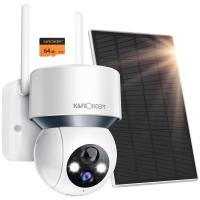



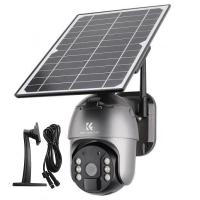
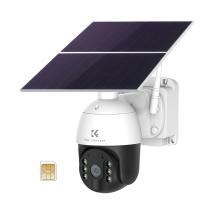
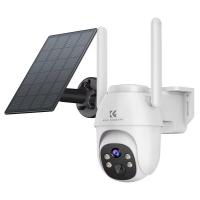
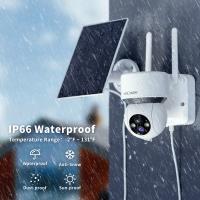

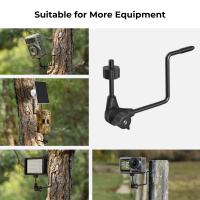



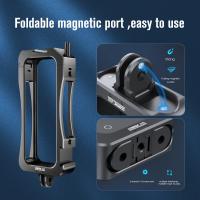
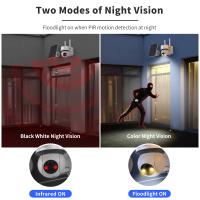
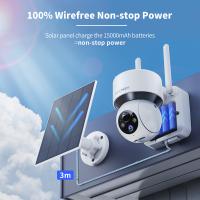
There are no comments for this blog.